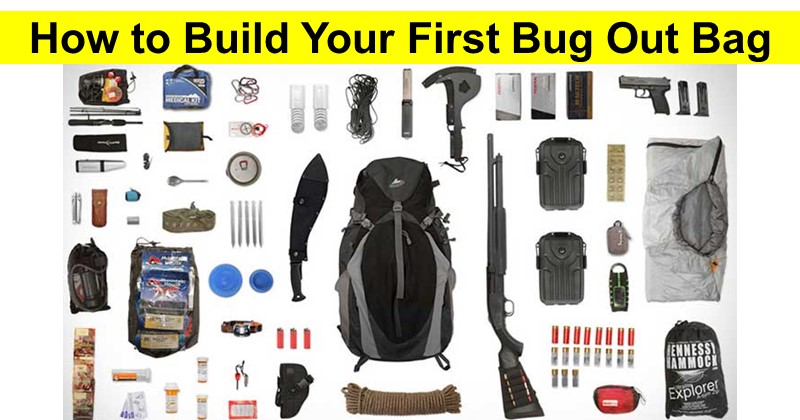
Whether in the event of natural disaster or an invasion, city-wide dangers or anarchy, there are many uses and times in which a bug out bag’s existence and necessity may very well become a reality.
A very familiar element to those that have volunteered alongside of or worked in the military, terms like “go bag” is a common name used, or “overnight bag” which we identify the BOB bag as in the Air Force. However, this is of course designed to be much more than just an “overnight bag” in most instances – while the name may not allude to such.
In this article, we will cover a range of topics and key focus areas for building your first bug out bag, which based on field experience, knowledge, and hobby-like interest combined with a DIY attitude will cover the following topics:
- Observation of the environment
- Health hygiene review and modifications, preparations
- Signals and communications
- Visualization and planning
- Movement and cover, evasion and distress
- Recovery and repair
- Creation, and angling for long-term survival as-needed
To understand how to build the most efficient, meaningful, light-weight, productive, and effective bug out bag (BOB) it is first critical to know how your settings or environment, personal strengths and weaknesses, environmental changes, and how they interact with the situation. This is the most practical approach to maximize both survival and application of your bug-out-bag.
(1) Observing and understanding your environment:
To get the most out of your bug out bag (BOB) it is worth investing substantial time, consideration, efforts and even funding in choosing the most durable, efficient, lightweight, practical backpack for your last-minute adventures or escape!
However, depending on the nature of your potential scenario may it be a natural disaster or possible foreign invasion, zombie apocalypse or total anarchy, choosing one of the following backpack types for your B.O.B. makes sense!
- A Kevlar-made bag for resilience, durability, and reliability which will keep you and your belongings safe.
- A premium grade backpack with high-ratings, reliability, and trust from military agencies that optionally will include a BALLISTIC SHIELD is also preferable, as seen with those bags made to include Tuffy Packs ballistic shield.
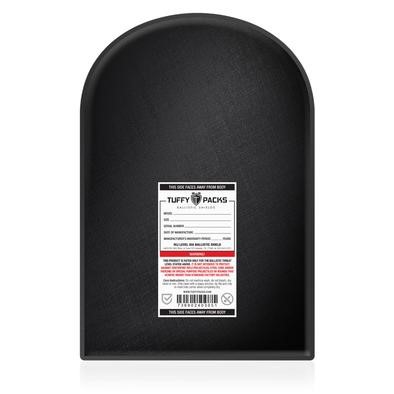
- An assault pack style backpack, or Mojo Tactical for those fonder of the over-the-shoulder design, an item like the KIFARU EMR II for the long-distance journey and escape, or survival in the wilderness.
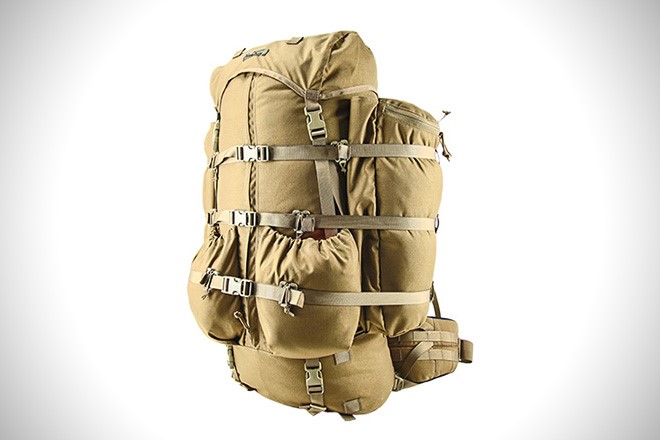
Consider the importance of lightweight solutions for your Bug Out Bag, and research which of these models make the most sense for you, your strengths, personality, and priorities with packing and preparing your bag.
Also, consider the importance of getting a nature-colored bag for both camouflage to protect yourself from predators, and also to prevent or avoid unnecessary and unwanted attention. Depending on where you live, different variations of materials make sense more than others per the regular or average temperature, and typically expected maximum highs and lows of the environments which you’ll be traveling or living in.
To make the most of your ability to observe and report your environment to yourself, loved ones, or authorities make sure you pack the following critical items:
- Reliable, durable binoculars that are lightweight in design and prepared for the outdoors
- A compass for direction and measuring distance
- Durable, reliable waterproof work-shoes or work-boots that are durable but not uncomfortably heavy for long-distance trekking and prevention of injury stainless steel highly recommended and cleats are an option
- A pair of trusted clear eyewear protection for visibility and eye injury prevention both during the daytime and night time
- UV proof sunglasses to protect your eyes from sunrays during the day
- A small, waterproof notebook to record movements, observations, goals, and to leave behind notes or other measures of communicating with emergency personnel or friends and family
- Fluorescent bodywear ranging from gloves to shirt, hat, or pants, which can be altered or used at different points during your journey to communicate different signals or even use as a flag for gaining attention at some point
This list is extensive, but not conclusive. Also consider the sort of environment, dangers, and expectations you have for your journey this way you can make the best decision with what backpack design, model, weight, capacity, style, and features make the most sense.
(2) Health Hygiene Review – Body Care and Repairs
From duct-tape to tampons, we have compiled a list that makes sense and is sure to be useful when it comes to maintaining the necessary health hygiene, “body repairs,” maintenance (like refueling), and both preventing as well as treating sickness and illness.
Every bug-out bag at a minimum should have a reliable roll of industrial-grade duct tape. From small injuries to severe gashes, broken or disconnected limbs and more, duct-tape has been trusted in the field by soldiers at home and abroad for decades.
Hand sanitizer, a basic medical kit, iodine for destroying bacteria and preventing infection, medical gauze for stopping bleeding or promoting clotting, Q-tips, and even a small package of tampons will go all the way in helping you to prepare for nearly any essential to medium-level injury and beyond. Gel energy packs, salt, water filters, a natural water purifier, and pan, bottle, cup, tweezers, and small necessary splints are also a MUST! Also, consider investing in water filtration tabs to filter and consume water while on the go quickly.
Also, do NOT forget necessary vitamin packs or powders to lighten your load, surgical or a RESPRO allergy mask to preserve and protect your face, lungs, the air you are breathing in, and breathing back out. It is not necessary to purchase and pack a gas-mask or other sophisticated survivalist masks because fitting and carrying one will be a severe inconvenience, weigh you down, and likely deplete both space and time in your bug-out bag!
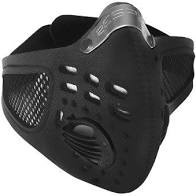
(3) Signaling and Communications – Equipment Preparation
It is critical you find yourself at any times able to effectively signal for help, “friendlies,” and also identify others, which is why reliable, efficient, and practical signalizing and communications equipment is a MUST.
Pack your next Bug Out Bag with the necessary light sticks to show your position or lead the way through dark roads and brush; any brand will do barring it has good reviews and is reliable. This should not cost you more than around $10.00 for a pack.
Also, consider adding the following signaling and communications equipment to your bug-out bag:
- Hand-crank flashlight for constant reliability for lighting the way
- LED headlamp to light the path in front of you with adjustable settings
- Solar powered LED flashlight
- Hand-crank LED flashlight
- Tinderbox for manually fire-starting when necessary
- Matches as a backup resource
- Fire-safe and waterproof lighters to both preserve and create fire at most critical times or weather
- Firestarter kit
DO NOT neglect the following critical hygiene items:
- Toothbrush and toothpaste with cases for each to keep dirt out
- Soap bars that are well packaged
It is critical that you keep your teeth, ears, and mouth as clean as possible wild adventuring in the wild or on the road for days or more at a time. This is because bacteria grows most frequently and enters the body in these places, and can pose a severe threat to your immune system which in turn risks you become weaker, unable to function competently, lethargy, a lack of energy, and an inability to focus as well as other common flu and virus symptoms.
An essential Morse-code guide is also suggested, for communicating with other emergency personnel and military as needed.
A FLINTSTRIKE fire-starter kit like the one below is recommended, convenient, practical, and lightweight for your BOB:
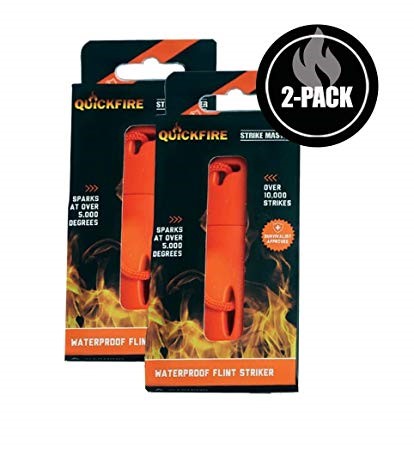
(4) Visualization and Planning – Tactical Tools and Supplies
To increase your chances for survival, both planning a route to your destination, the progress you’ve made, and being able to visualize where you are and where you’re going adequately are critical to making the most of your survival in the wild, during a national emergency, or total anarchy! So, do not take this opportunity and advice lightly, and only go with the most reliable, durable, trusted tools and equipment for this section when creating your BOB:
- Reliable, lightweight binoculars (night vision preferred but costly)
- A basic notepad, pencils, and a pencil sharpener
- Local and county maps, districts, and state-wide maps
- Emergency GPS signaling device
- Trusted outdoors GPS device
The GARMIN eTrex 20x is a good, affordable and efficient GPS tracking system, but the eTrex ten will also do just fine, and both are lightweight, reliable, and very durable.
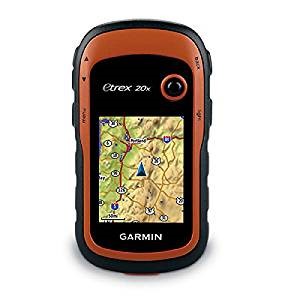
(5) Movement and cover, communications and evasion
From equipment to clothing, charges, traps, bungees and more
Pack your BOB with a waterproof raincoat, rain pants, lightweight and preferably foldable rain-boots or covers. Also be sure to pack a waterproof hat, and some of the other following items to preserve your strength, health, agility, and speed:
-Fluorescent gloves and vest for both signaling and being seen as-needed
-2 Bandanas which have a wide range of multi-purpose that are sure to come in handy including for first-aid
-A sewing kit for easy repairs and modifications to clothing and armor or equipment, and if you have enough space, perhaps a small hacksaw as well.
-Kevlar gloves for fast, safe, and active movement through dense brush, rough environments, and terrains
-At least two pairs or waterproof socks so that one may be used while the other dried in the sun before the next use. QUIK-DRY brand highly recommended, especially for cloudy or cold days that make it difficult for clothing to dry.
These waterproof, durable, sports-styled socks are the perfect choice for anyone serious about keeping warm and dry – because without dry socks injuries, rashes, and pain are certain.
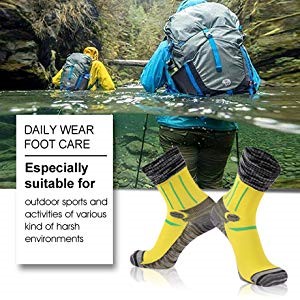
EXTRA TIP: An EMERGENCY RADIO is HIGHLY RECOMMENDED (Solar Power is your best bet) so finding and adding a lightweight, compact emergency radio can make all the difference in your chances of survival, and identifying to reach your objective.
This EMERGENCY WEATHER SOLAR CRANK RADIO is a good choice, but there are many options available online:
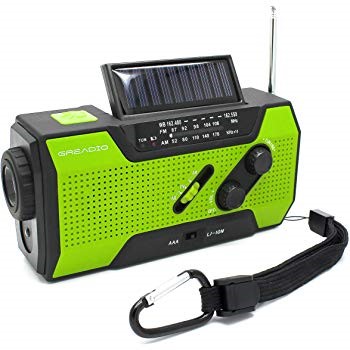
(6) Recover, repair, and create!
Industrial tools, building, demolitions, self-repair and equipment repairs
Maximize your strength, building and survival abilities, and preserve energy where possible by packing the following must-have items and supplies into your bug-out bag:
- Multipurpose knife for fitting, cutting, preparing food, and first aid
- Nylon Rope for climbing, grappling, and evasion – also consider investing in a reliable and durable 550 Parachute Cord (50?)
- Multipurpose multitool for stretching, cutting, and repairing survival materials
- Zip ties
- Fishing Line
– A Versatile AXE for preparing food, chopping wood, and creating shelter
A multipurpose camping ax like the one below will mean between life and death when it comes to preparing firewood, cooking, hunting, and even defending yourself.
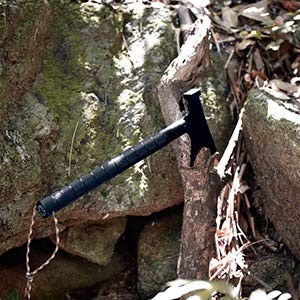
The added tools and versatility of a screwdriver, combined with duct tape, zip ties, and a plastic tarp will work miracles when it comes to making a water-proof shelter that’s likely to keep you warm and alive at night – and safe from PESTS and PREDATORS!
(7) Resistance and Survival, Existence and Maneuverability
Self Defense and Enhancing Speed
To protect yourself and your assets are sure to invest in the following items, tools, or multi-use weapons that will promote resistance, survival, and maneuverability!
-A durable, static and waterproof tarp to quickly set up a fort or tent soon in all weather and climates
-Bug spray and repellent to protect yourself and prevent serious infections or illness and diseases
-Pepper spray as a choice non-lethal weapon to defend yourself against bears, and other dangerous animals or persons. This is a compact solution and most practical for a bug-out bag but does not exclude the possibility of carrying a handgun and ammunition if possible.
Remember…
Observe, Signal, Visualize, Move, Cover, Escape, Recover, Repair, Create, and Survive!
NOTE: THIS WAS A GUEST POST
Leave a Reply